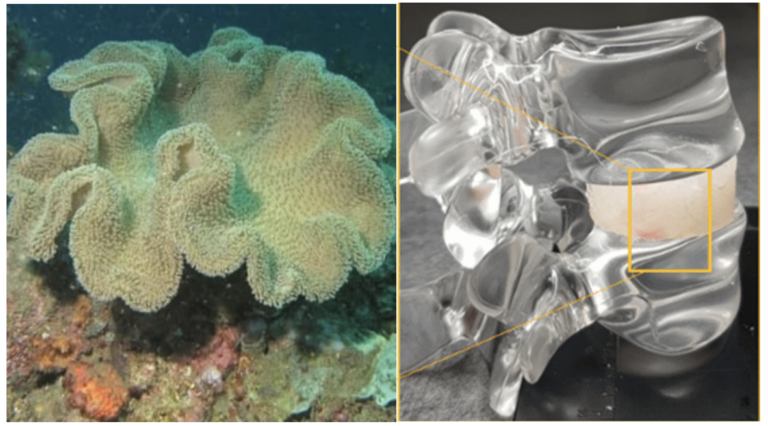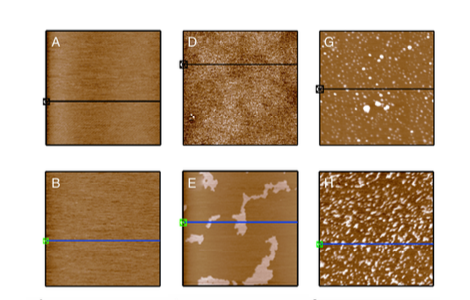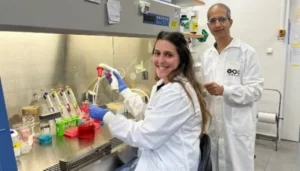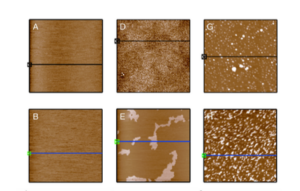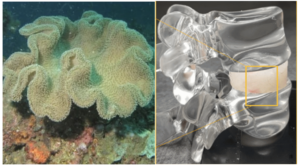Technion (Israël) : radars et capteurs optiques pour détecter le Covid-19 à distance et protéger les soignants

[:fr]
Une technologie développée au Technion en Israël par le Dr Yonatan Savir, en collaboration avec le ministère de la Défense et l’industrie israélienne, permet de mesurer à distance les signes vitaux (température, battements du cœur…) des patients afin de détecter le COVID-19.
Cette technologie combinant des radars et des capteurs optiques, permet aux équipes médicales de mesurer les signes vitaux d’un patient sans pour autant mettre sa propre santé en danger.
Les signes vitaux sont surveillés à l’aide d’une méthode d’imagerie thermique développée en collaboration avec le Dr Yonatan Savir de la Faculté de médecine Rappaport du Technion.
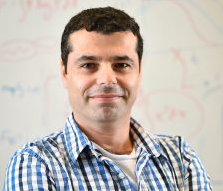
Cette nouvelle technologie est très avantageuse pour le personnel médical qui effectue ainsi l’affectation des patients potentiellement infectés par le covid-19, dès leur arrivée aux urgences de l’hôpital, de façon optimisée. À l’avenir, celle-ci pourrait être utilisée pour détecter rapidement des personnes malades à l’entrée des lieux publics (tels que les magasins, les lieux de travail et les bases militaires), sans nécessiter de contact physique entre la personne et le testeur, et sans avoir besoin de personnel médical qualifié.
De plus, la précision du test n’est pas affectée par les conditions d’éclairage.
Ce système technologique innovant est basé sur des recherches approfondies menées dans le laboratoire du Professeur Yonatan Savir. Il utilise des algorithmes uniques qui extraient des données précises de caméras d’imagerie thermique efficaces et peu coûteuses.
Le Dr Yonatan Savir est membre du corps professoral de la Faculté de médecine de Rappaport. Il a obtenu un double BSc du Technion en physique et génie électrique, ainsi qu’un MSc et un Ph.D. en physique théorique de l’Institut Weizmann, suivis d’un post-doctorat à la Harvard Medical School. Le Savir Lab mène des recherches interdisciplinaires qui combinent notamment la biophysique et la biologie des systèmes.
La recherche a été menée en partenariat avec Neteera, Vayyar, EchoCare Technologies, le Rabin Medical Center et était dirigée par Yaniv Rotem de la Direction de la R&D pour la défense du ministère de la Défense, ainsi qu’avec l’équipe des systèmes de capteurs dirigée par le colonel A. D’autres groupes de recherche du monde universitaire et Tsahal y ont également contribué.
Sources : Technion France et Technion
[:en]
Research at Technion in collaboration with the National Emergency Team of the Defense Ministry’s Directorate of Defense R&D (DDR&D) developed a system to remotely measure vital signs of patients to help in the fight against COVID-19.
The new technology combines radars and optical sensors and enables medical teams to measure a patient’s vital signs without endangering their own health.
The vital signs are monitored using a thermal imaging method developed by Dr. Yonatan Savir of Technion’s Rappaport Faculty of Medicine together with radar technology developed at Elbit and Elta.
Implementing the new technology will be of great benefit to the medical staff performing triage on suspected infected corona patients upon their arrival at the hospital emergency room. In the future, the technology could be used for rapid detection of sick people at the entrance to public places such as stores, workplaces, and army bases, without requiring physical contact between the person and the tester, and without the need for trained medical personnel. In addition, the accuracy of the test is not affected by lighting conditions.

The innovative technology is based on deep learning research conducted in Savir’s lab. It uses unique algorithms that extract precise data from simple and inexpensive thermal imaging cameras. The problem with these cameras is that they are not as precise as expensive sophisticated thermal imaging cameras. The Savir breakthrough overcomes this limitation, making it possible to obtain reliable and precise data from inexpensive thermal cameras.
Dr. Yonatan Savir is a faculty member in the Rappaport Faculty of Medicine. He earned a dual BSc from Technion in Physics and Electrical Engineering, and MSc and Ph.D. degrees in Theoretical Physics from the Weizmann Institute of Science, followed by a postdoc at Harvard Medical School. The Savir Lab conducts interdisciplinary research that combines biophysics, systems biology and deep learning.
The research was conducted in partnership with Neteera, Vayyar, EchoCare Technologies, Rabin Medical Center, and was led by Brig.-Gen. Yaniv Rotem of the Defense Ministry’s Directorate of Defense R&D (DDR&D) and the Sensor Systems team headed by Col. A., and additional research groups from academia and the IDF.


